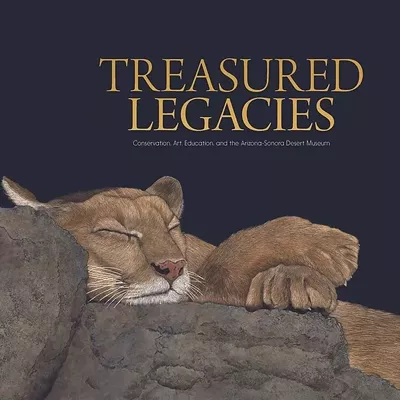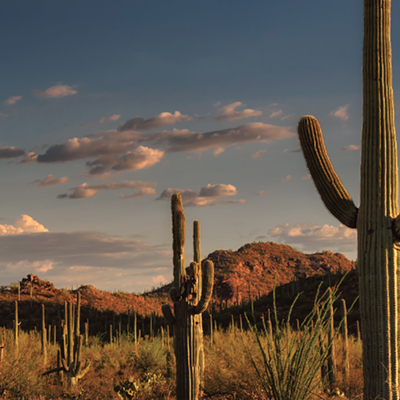Though published just a few months ago, Gregory McNamee's essay Otero Mesa: Preserving America's Wildest Grassland, about the possible destruction of New Mexico's Otero Mesa grasslands by oil and gas development, was written in 2007.
As such, there are parts that read, at first, like the complaints of a bygone age. His real-time railing against the Bush administration's disregard for the land and the nation's future seems so 2005—that is, until one remembers that hope for change and actual change rarely find each other's company bearable. Besides, any political essay that quotes Cormac McCarthy more than once is all right with me.
As anyone who has read High Country News and other regional publications with an environmental bent in recent years knows, Colorado and New Mexico have been under siege this last decade or so by an oil and gas industry given free reign. The "drill baby, drill!" war cry of the now anachronistically quaint 2008 Republican National Convention still reverberates to a certain degree on the high deserts and rare grasslands of those states, and—despite regime change in Washington, D.C., and a host of promises—the same ever-present threats to the empty, wild lands of the Southwest are still there, scratching at the door.
Otero Mesa, a sparsely populated sweep of rare Chihuahuan Desert grasslands—some of the last such prairies to remain unbroken—in Southern New Mexico, provides an ideal case study in the shortsightedness of the oil industry's founding argument, which boils down to something like, "If we think there's oil there, let's get in and start drilling."
McNamee, based in Tucson (and a former Tucson Weekly contributor), points out that while the oil under Otero Mesa may slake our thirst for fossil fuels for, say, a few days in the larger scheme of things, the vast stores of water held in limestone-capped aquifers beneath that same mesa could represent the future of New Mexico as a place of human habitation. That's not to mention the somewhat more ineffable gifts that the wild and semi-wild, unimproved and unreclaimed lands of the Southwest provide. McNamee, to our great benefit, has a way of making such ineffables effable.
"At Otero Mesa, we have the chance to say no—and in an entirely positive, hopeful way that looks toward a better future for the West and the world, repudiating the greed and short-sightedness of faraway carpetbaggers," he writes. "The right path is obvious: not another highway, not another derrick, not another pipeline, but a rutted trail over stone and grass, honeycombed with burrows and lined with thorns, patrolled by pronghorns and diamondbacks and prairie dogs and a handful of humans, and always with an aplomado falcon watching from high above."
It's a manifesto. Substitute "Otero Mesa" with "Southwestern United States" at the beginning of that statement, and there's a document that I'll sign on to wholeheartedly. There are few Southwestern writers better than McNamee at summing up, with style, the better paths available to us if we would only take them.
The photos that accompany McNamee's words provide proof of what the author praises, and this book represents an ideal pairing of word and image. Well-known regional photographers Stephen Strom and Stephen Capra have managed to capture a landscape that could appear to be a featureless wasteland in lesser hands. Instead, these photographs depict an American Serengeti, as seemingly wild, remote and exotic as any forgotten African plain.
But what of that word "wasteland"? It is a dedication to such concepts that has nearly destroyed many of the Southwest's most representative landscapes. In the future, we should forget that word and follow McNamee's path, the path that leads past capitalism's obsession with utility—a utility that typically rewards only the few, and almost never the local.
The economic and political priests of our age have for many generations seen much of the Southwest as a place of "supposedly empty, supposedly remote lands ... that lend themselves easily only to the work of serving as national sacrifice areas," McNamee writes.
It's time for that to stop. McNamee, Strom and Capra, by focusing on one rare and threatened place among hundreds of others, have built an emotional, beautiful and convincing case toward that hopeful end.







